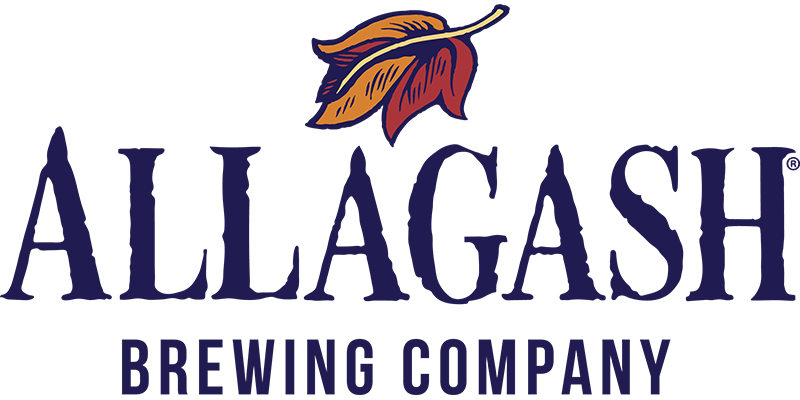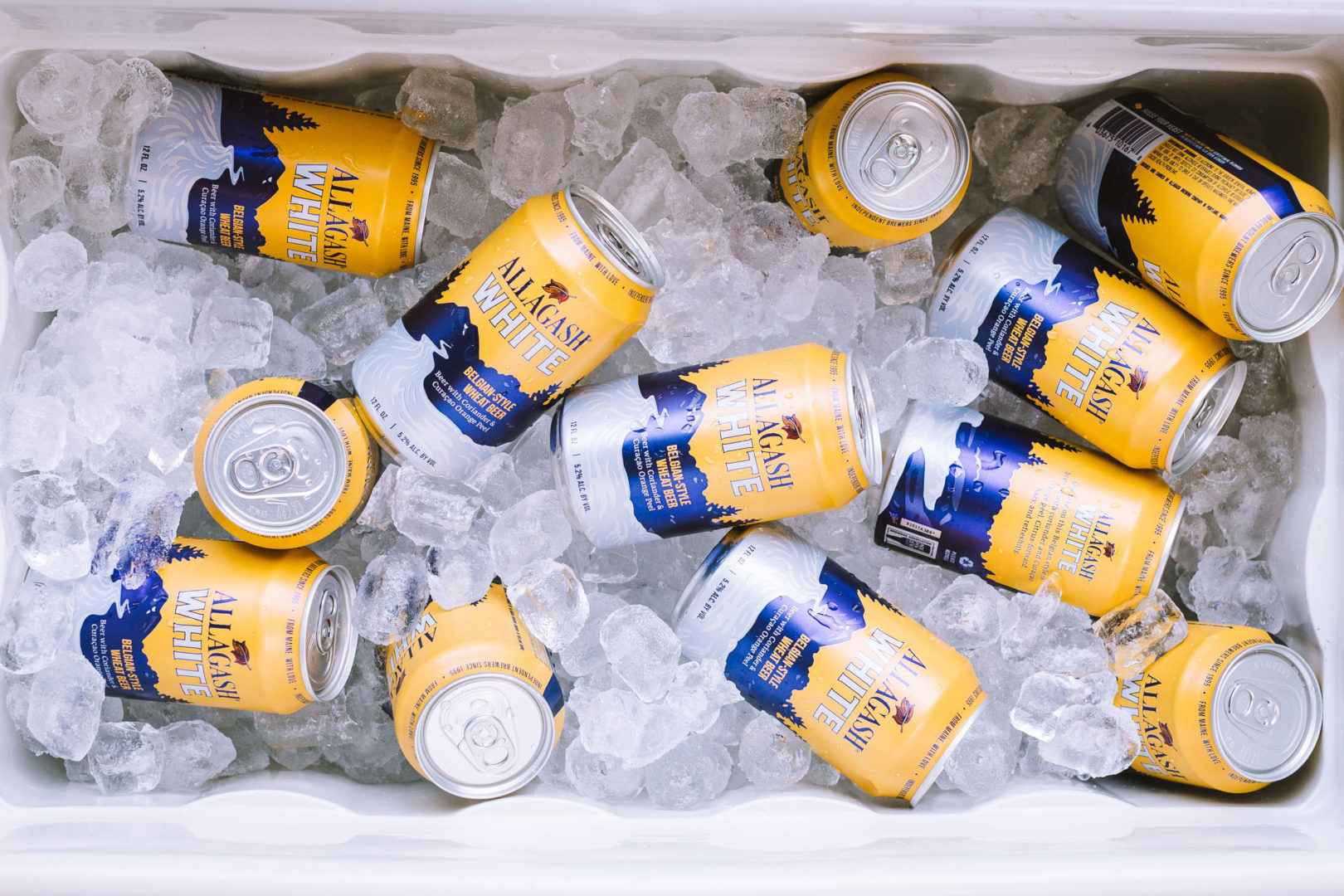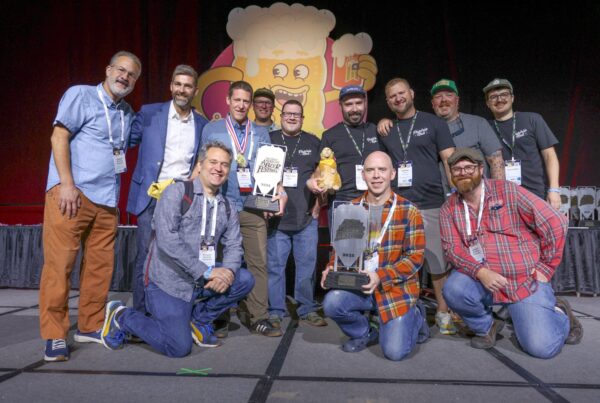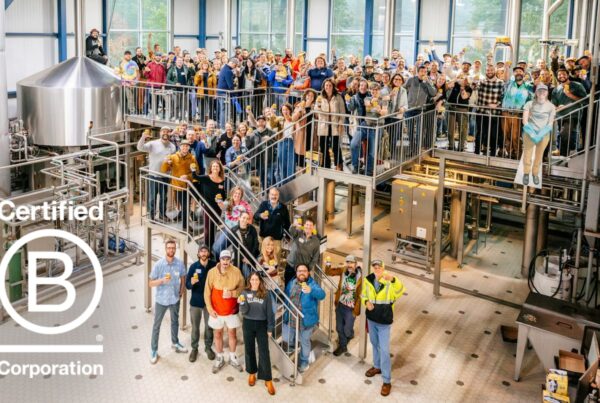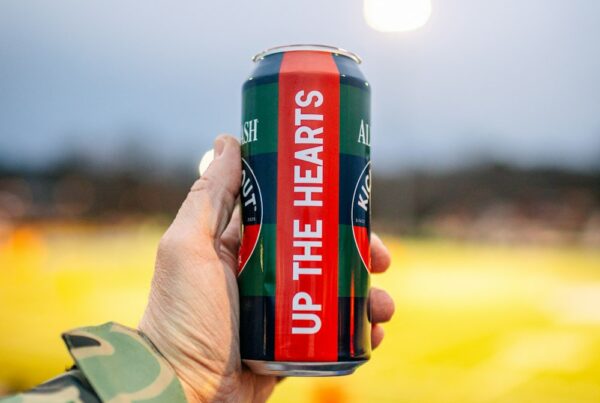What is can conditioning? Put simply, it helps to carbonate beer. How it works: we add a small amount of sugar and yeast to the beer right before packaging. That small addition helps the beer referment inside the can creating the last bit of carbonation, preserving the beer’s quality, and enhancing its flavor.
A good question we’ve gotten: “is can-conditioned beer different from bottle-conditioned beer?” If it’s the same beer, not at all. For example, the same Allagash White goes into both our cans and bottles—often from the exact same tank.
How do you condition beer?
The actual, real-world process of conditioning is, to say the least, involved. We have to make sure our brewing and packaging is flawless, and flawlessly clean, to achieve the proper conditioning every time. The reality is that we’re adding sugar and then fermenting at warm temperatures—the perfect conditions for unwanted bacteria to pop up. On top of that, the amount of sugar and yeast we add depends on the residual sugar that’s left in the beer after primary fermentation. Quality control and microbiology play a big role in getting it right.
The Benefits of conditioning
To take a step back, we’ve been bottle-conditioning our beer since 1995. It’s a brewing technique used heavily in Belgium, and being a Belgian-style brewery, we followed suit. “What are the benefits?” you ask. For one, it improves the shelf stability of the beer. Fermentation requires a tiny bit of oxygen. And there’s always a tiny amount of oxygen left in the bottle after packaging—we’re talking just a couple parts per billion. Therefore, the fermentation in the bottle acts to absorb that oxygen, making the beer taste fresher, longer. Can conditioning also adds a subtle bit of extra aroma and flavor to the beer’s profile. We’ve run sensory tests of conditioned vs. non-conditioned beer, and there is absolutely a flavor difference that comes with it.
So is the process of can- and bottle-conditioning identical?
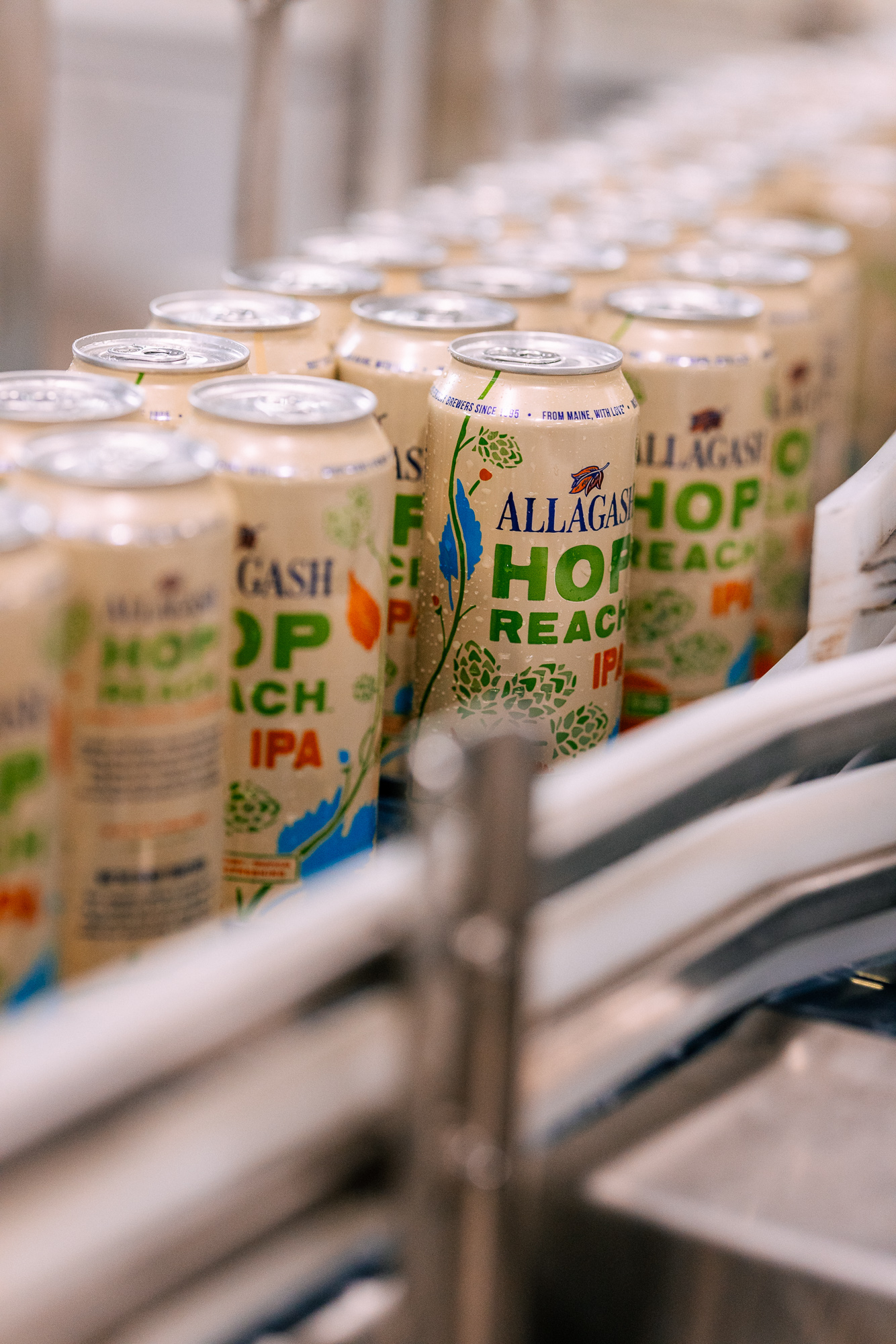
Bottle vs. Can Conditioning
The answer is yes and no. The general process for can and bottle conditioning only varies thanks to the way that we fill each vessel. In a bottle, we use a combination of CO2 and a vacuum to suck as much of the oxygen out of the bottle as possible before filling. For a can, we can’t use a vacuum (we don’t want to crumple the can before we fill it). Instead, we flush the empty can out with CO2, immediately fill it with beer, then secure the lid. An interesting side note, a fully sealed can lid is actually able to hold more pressure than the rubber seal inside the crown of a bottle. But with the level of pressure that we’re dealing with, both seals perform perfectly.
So just how carbonated does our beer become? The refermentation will bring a beer like Allagash White up to 2.7 volumes. Or, as we like to think, a nice amount of tingly carbonation. By comparison, champagne—a drink known for its vigorous bubbles—comes in at around 6.3 volumes. Thus, why champagne bottles are so dang thick: they have to hold in a lot of pressure.
Force Carbonation
A can- or bottle-conditioned beer will also taste slightly different from a beer that has been force carbonated—as we mentioned before. Inside the brewery, adding an extra bit of CO2 to bring the beer up to its optimal carbonation is called “force carbing” (or more formally, “force carbonation”). Using that carbonation method isn’t inherently a bad thing; but you’ll lose both the boost in stability and that subtle flavor/aroma.
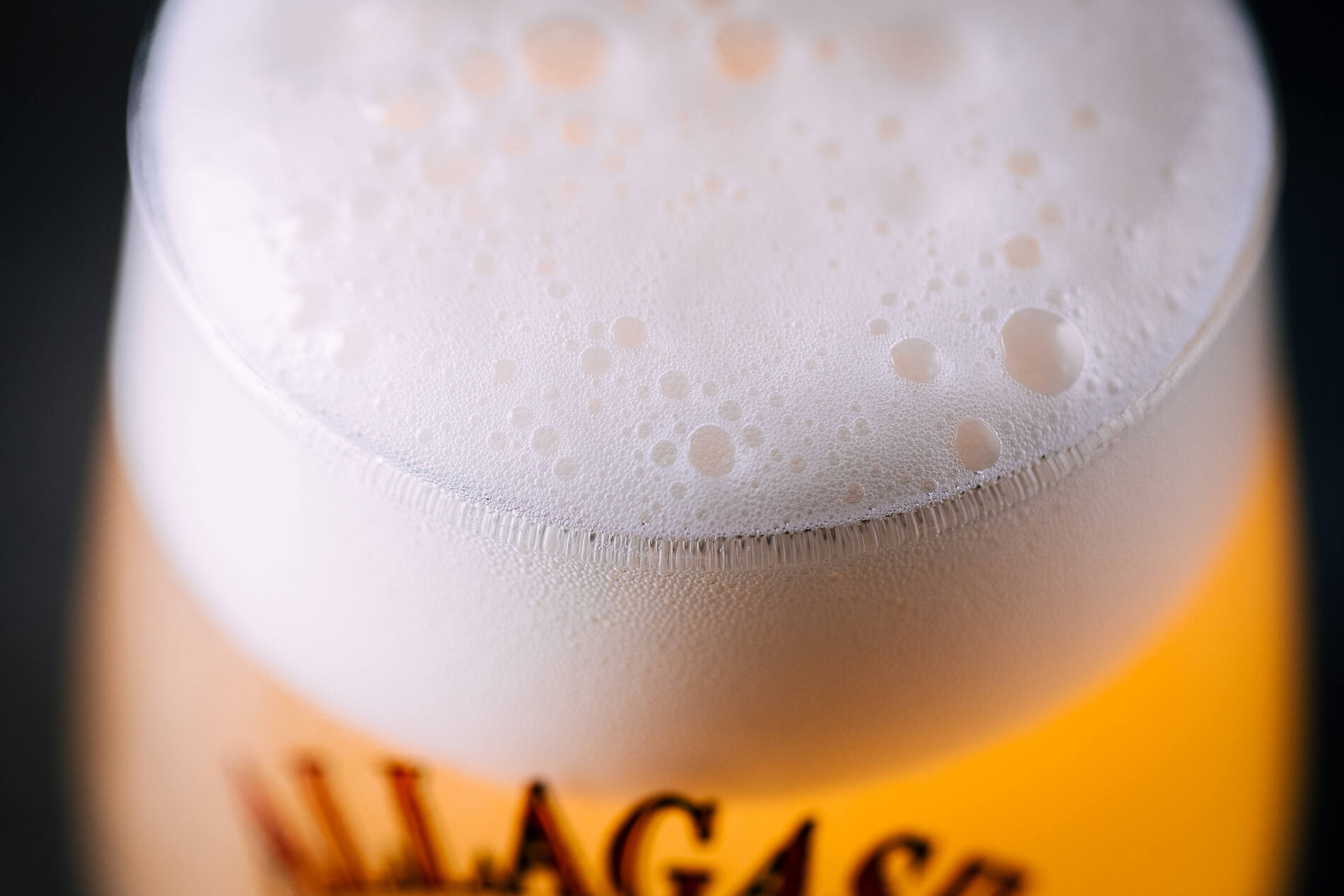
Sometimes, force carbing is the right choice: for example, when conditioning adds a bit too much of a particular flavor note. It’s ultimately a judgment call to be made by the brewer, based on what they’re looking for in their finished beer.
Citations:
- Zach B. – Allagash Quality Manager
- The Oxford Companion to Beer, by Garrett Oliver, Oxford University Press, 2012, pp. 146–150.
